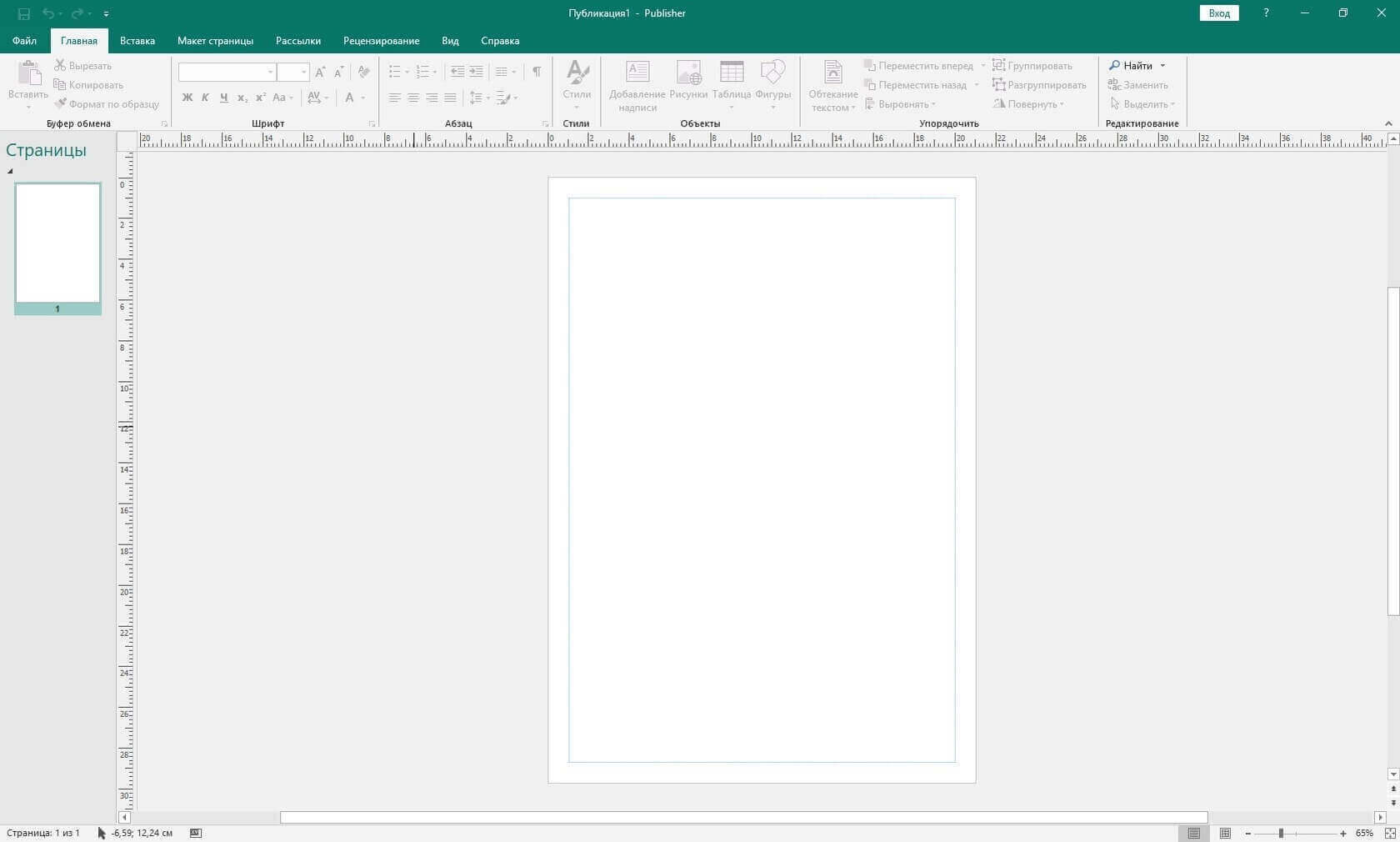

The country also had an Intercultural Education Strategy for the period 2010-2015 and a Second National Intercultural Health Strategy for the period 2018-2023. commitment to effective local delivery mechanisms that align services to migrants with those for indigenous communities.clear public policy focus that avoids the creation of parallel communities.strong link between integration policy and wider state social inclusion measures.partnership approach between the government and non-governmental organisations.Prior to the strategy, in 2008, Ireland published a Statement on Integration Strategy and Diversity Management which set out the key principles for successful integration: In term of employment, one of the goals is to reach a rate of at least 1% of civil servants being made up of people from minority communities. Plans include the improvement of the quality of integration services through interpretation support and the training of related service providers. The document targets all migrants, including refugees, and foresees actions involving all related governmental departments. The strategy has been extended for an additional year until the end of 2021. To foster the inclusion of migrants, Ireland set up its first national Migrant Integration Strategy in 2017, covering a four-year period. The average length of time people spent in state-run accommodation centres was 24 months in 2018. The Irish Refugee Protection Programme had 5 700 cases for international protection in progress at the end of 2018. In 2018, over 8 000 persons became Irish citizens. The largest group were the Irish-Americans who accounted for 16.8% of all dual nationalities, followed by Irish-UK citizens at 14.7% and the Irish-Polish at 8.8%. In 2016, there were 104 784 persons with dual nationality - an increase of 87.4% since 2012.

Of these applications in 2018, 10% (121 000) were ultimately granted visas. In 2018, there were over 140 500 visa applications in Ireland, an increase of almost 12% in comparison with the same figure in 2017. Most TCNs come from the UK, Brazil, India, China and the US. However, following Brexit, the number of TCNs increased from 3 to 6% of the total population. Since 2004, the majority of non-Irish nationals has been made up of EU citizens. The Central Statistics Office additionally reported that in April 2020 there were an estimated 644 400 non-Irish citizens resident in Ireland, accounting for 12.9% of the total population. Migration statistics in Ireland is otherwise provided by the Central Statistics Office - see the Census 2016 and Population and Migration Estimates Report 2020, as well as the Irish Naturalisation and Immigration Service (INIS)'s 2018 report. The statistics in the chart above are based on Eurostat's Non-national population by group of citizenship, 1 January 2021, with 299 242 third-country nationals (TCNs) and 349 946 EU citizens living in Ireland at the time.


 0 kommentar(er)
0 kommentar(er)
